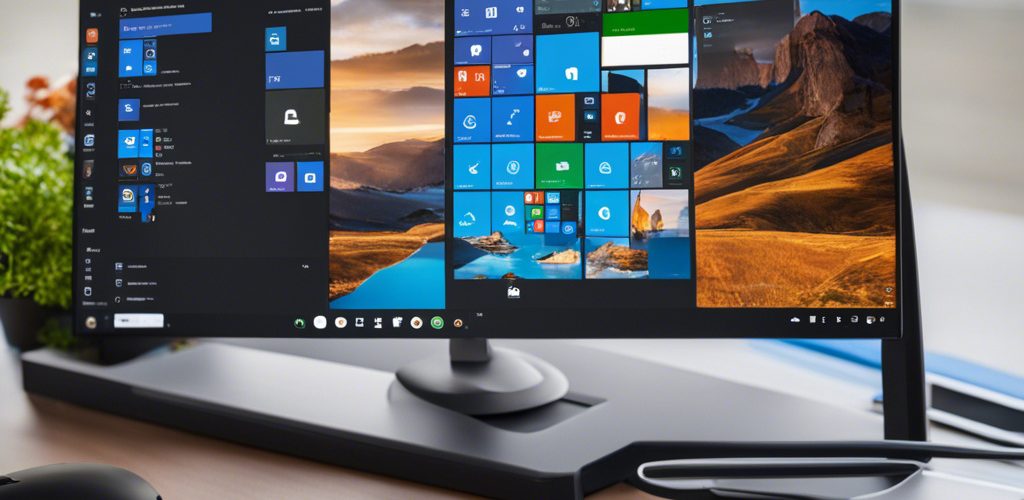In a world where technology is constantly evolving, optimizing your device’s performance has become a priority for many users. Most people associate high performance with maximum power usage. However, a surprising discovery in Windows 11 reveals that selecting the “Best Power Efficiency” option in the Power settings can yield better benchmarks than the commonly used “Best Performance” setting.
Understanding Power Settings in Windows 11
Windows 11 introduces a refined approach to power management. Whereas earlier versions allowed users to switch between power plans through the Control Panel, the latest operating system simplifies this process. The modern interface categorizes options that allow users to adjust power consumption based on their immediate needs. This shift is beneficial, particularly for laptops and other portable devices, where battery life is paramount.
The “Best Power Efficiency” setting encourages a balance between system performance and energy use. This choice modifies various system parameters, such as CPU clock speed and GPU performance, to ensure the computer runs efficiently without unnecessarily draining resources. On the other hand, the “Best Performance” setting pushes hardware components to their maximum capabilities, often leading to increased power consumption, heat generation, and reduced battery lifespan.
Power Efficiency vs. Performance
It might seem counterintuitive that a setting focused on power efficiency could yield better performance benchmarks. However, real-world testing shows that optimizing power settings in Windows 11 can enhance overall system responsiveness and performance during everyday tasks.
When the system prioritizes power efficiency, it intelligently allocates resources based on current usage. For example, when running productivity applications, a system configured for power efficiency will dynamically adjust the CPU speed—ramping it up for demanding tasks and down during lighter loads. This leads to stable performance without taxing the hardware.
Conversely, sticking to “Best Performance” can sometimes result in system lag. This occurs when the CPU remains at a high clock speed despite not being challenged by the applications currently running. In other words, although your system is ready to deliver top performance on demand, it may not utilize resources effectively for routine tasks, resulting in inefficiencies.
Real-World Benchmark Comparisons
Numerous benchmarks demonstrate the power efficiency advantage. In various tests, devices set to “Best Power Efficiency” outperformed those set to “Best Performance” in scenarios involving web browsing, document editing, and even light gaming. The improved thermal management enables more sustained performance, as the hardware is less likely to throttle under heat stress.
Furthermore, users have reported enhanced battery life when using the “Best Power Efficiency” setting. This is particularly beneficial for those who rely on portable devices throughout the day. It allows for longer usage times while ensuring a fluid experience as the system responds optimally to active tasks.
Conclusion
In conclusion, the evolution of power settings in Windows 11 marks a significant step forward in optimizing system performance. By prioritizing “Best Power Efficiency,” users can not only reduce energy consumption but also achieve better performance benchmarks than the traditional approach of maximizing performance at the cost of efficiency. Embracing this new perspective on power management may very well redefine how we interact with our devices, making it a smart choice for efficiency-focused users looking to get the most out of their systems. Embrace the change, and you just might find that the best performance doesn’t always require maximum power.





Add comment